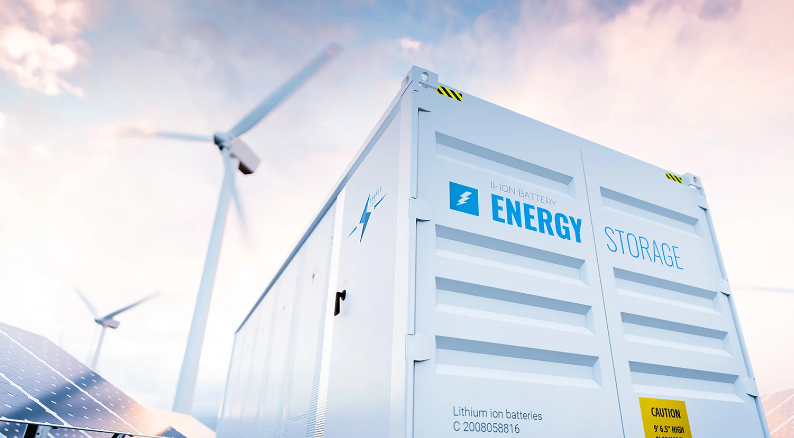Energy storage systems in the United States
The United States had a diverse range of energy storage systems deployed across the country. Energy storage is a crucial component of the evolving energy landscape, helping to integrate renewable energy sources, improve grid reliability, and provide backup power during peak demand periods. Here are some key types of energy storage systems in the United States:

Battery Storage:
Lithium-ion batteries are the most common technology for grid-scale battery storage projects in the U.S. They are deployed in various applications, including peak shaving, frequency regulation, and renewable energy integration.
Tesla's Hornsdale Power Reserve in South Australia, though not in the U.S., gained international attention for its large lithium-ion battery installation.
Pumped Storage Hydropower (PSH):
Pumped storage is a well-established and widely used form of grid energy storage. It involves two water reservoirs at different elevations. During periods of low electricity demand, excess electricity is used to pump water from the lower reservoir to the upper reservoir. During periods of high demand, the stored water is released to generate electricity.
Notable examples in the U.S. include the Bath County Pumped Storage Station in Virginia and the Ludington Pumped Storage Plant in Michigan.
Compressed Air Energy Storage (CAES):
CAES systems store energy by compressing air and storing it in underground caverns or other containers. When electricity is needed, the compressed air is released and used to drive turbines.
The only operating CAES facility in the U.S. is the McIntosh CAES plant in Alabama.
Flywheel Energy Storage:
Flywheel energy storage systems store energy kinetically. They use the energy to spin a rotor at high speeds, and when electricity is needed, the rotor's kinetic energy is converted back into electricity.
Beacon Power's flywheel energy storage facility in Stephentown, New York, is an example.
Thermal Energy Storage:
Thermal energy storage systems store and release energy in the form of heat. Common applications include solar thermal energy storage and chilled water storage for cooling systems.
Various buildings and industrial facilities across the U.S. use thermal energy storage for space heating and cooling.
Advanced Energy Storage Research:
Ongoing research and development are exploring advanced energy storage technologies such as flow batteries, solid-state batteries, and innovative materials for improved energy density and efficiency.
The deployment and adoption of energy storage systems continue to evolve, influenced by technological advancements, policy initiatives, and market dynamics. For the latest information on energy storage systems in the United States, it's recommended to check recent reports from energy agencies, industry publications, and relevant government sources.
Next:China Ship Windsurfing Launches Home Energy Storage System
Previous:Why is battery storage important and what are its benefits
